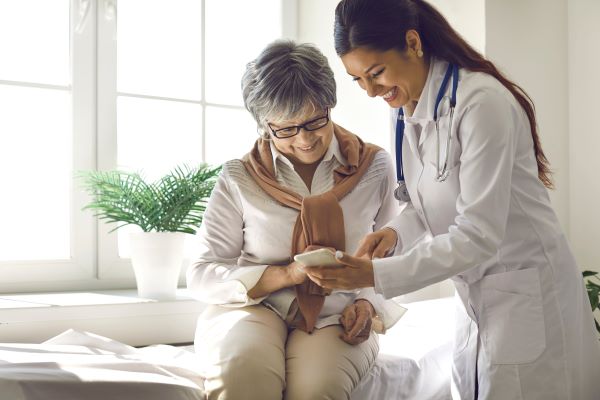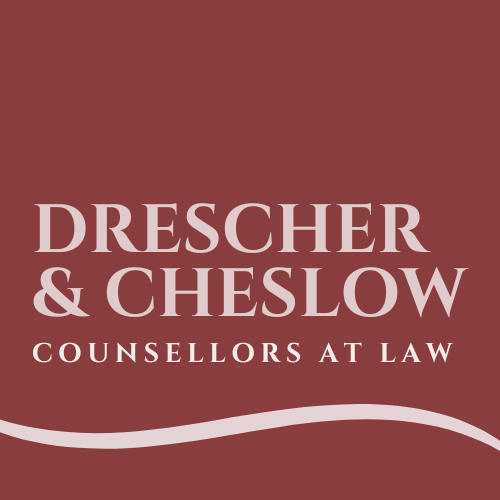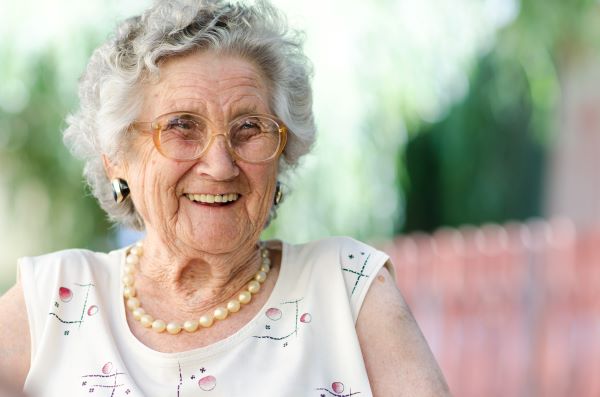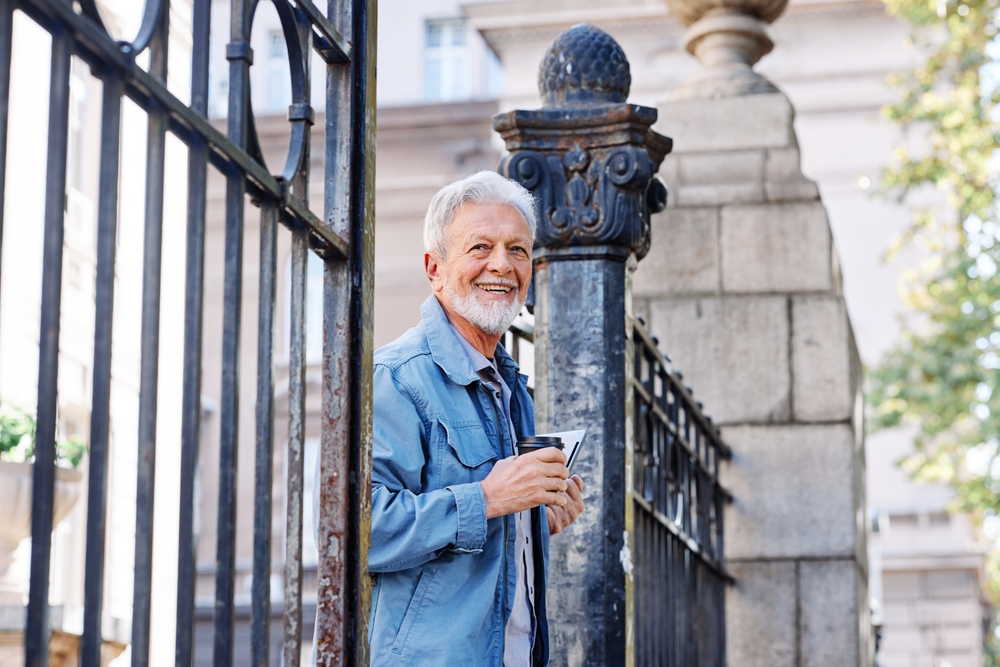On May 11, 2023, the Covid Public Health Emergency (PHE) was formally ended by the…

The Development of User-Friendly Technologies for Seniors
In 2050, there will be 458 million Americans, including 92.1 million over 65, according to the US Census Bureau. If these projections are accurate, seniors will constitute slightly over 20 percent of the population. By the year 2030, all of the baby boomers will be aged 65 years or more and represent 1 in 5 Americans.
Senior Care and Technology
The application of technologies for everyday use in senior care will become more prevalent to meet the growing needs of elderly health care. Digital health startup companies receive billions in US funding to specifically design user-friendly interfaces for people aged 65 and older. They must consider the changes and limitations of fine motor skills and vision as well as memory and cognitive issues. Smart pillboxes, fall detection systems, remote patient monitoring, and applications that can provide individualized medical alerts to healthcare professionals are part of the new healthcare technologies.
Senior Technology at Home
The many seniors choosing to age in place are now better protected by technologies that address:
- Motion-detecting lights
- Smart thermostats
- Smart doorbells with video cameras
- Keyless entry locks to homes and cars
- Smart home security systems
- Personal emergency response systems
Each device is customized to meet the needs of a rapidly aging baby boomer population. The good news is that many seniors currently engage in the world of technology in everyday life and reap many benefits.
10 Notable Technology Startups that Benefit Seniors
Companies are spending billions to customize technologies specifically for the benefit of seniors that are cost-effective and high-quality options, whether the senior is aging in place, in assisted living, or in a nursing home. Some of the most notable startups include:
- Steadiwear is known for its product “Steadiglove,” which is a device that reduces hand tremors in aging patients, particularly with Parkinson’s disease, and “essential tremor,” a nervous system disorder that causes rhythmic shaking.
- Cake allows elderly patients to communicate via a mobile application to vent their feelings about death. It’s a general forum that provides simple answers to complex questions about mortality. It also encourages seniors to organize their personal life before their passing. This paid service explores topics seniors can discuss with their elder law attorney.
- Sway is a digital startup responsible for the FDA (US Food and Drug Administration) testing system that uses a motion analysis algorithm to determine if an individual’s stability is compromised and the probability of falling. Mobile and cloud-based technology ensure patient data collection from any iOS Athletic Profile are both reliable and secure.
- Hometeam uses mobile technology that empowers a senior to track their medical status by using an iPad. The company is designed for a home care approach and currently provides medical monitoring and care for more than 12 million senior Americans who can’t afford to live in a nursing home.
- Silvernest strives to match the elderly patient population in nursing and retirement homes with younger and livelier roommates as a way to reduce isolation. Proprietary, extensive background checks can find a mutually beneficial roommate match.
- Honor is a shared mobile technology platform that offers high-quality care to its patient base and provides a platform that allows loved ones and friends to track a senior’s medical status. It provides tools to assess their medical progress and determine the rate of health improvement.
- Rendever is a virtual reality technology company that offers elderly patients the opportunity to experience the outside world using virtual reality (VR) display goggles. Even if the senior is confined to a nursing home or assisted living facility, this VR experience allows the resident the chance to travel the world through technology.
- Pixiescientific has designed an application to detect any symptoms and signs of a urinary tract infection, diagnosing the problem before it becomes severe. Sensor technology detects abnormalities within the patient’s urinary tract, and monitoring provides an assessment of dehydration and infection, which are common among seniors.
- Zansors uses sensor technology to monitor an individual’s sleep pattern and movement while in bed and respiration rates while sleeping. This individualized and accurate biofeedback allows the user to determine how much quality sleep they require to avoid physical fatigue. It is particularly useful for patients who have insomnia.
- Myseismic has developed an undergarment that aids senior muscle strength through tiny motors that act as “electrical muscles.” They are integrated into the fabric around the joints of the body via proprietary grips that function like tendons. Computer sensors track the wearer’s body movement, and software alerts the electrical muscles in the clothing to activate. This helps seniors who are experiencing a decline in energy and muscularization but still want to be able to move and travel freely.
More startup companies and technological advancements are in development. Meta-data feedback allows for the continual refinement of existing technology systems. Changes in senior health care can provide more options for successful aging.
We hope you found this article helpful. If you have questions or would like to discuss a personal legal matter, please contact our office at 732-972-1600. We look forward to the opportunity to work with you.



